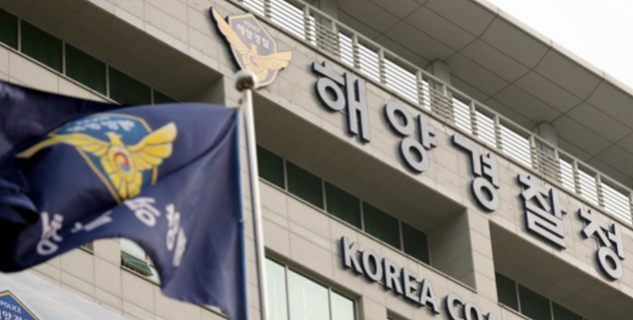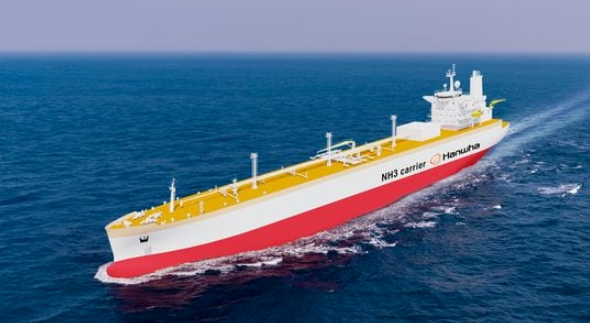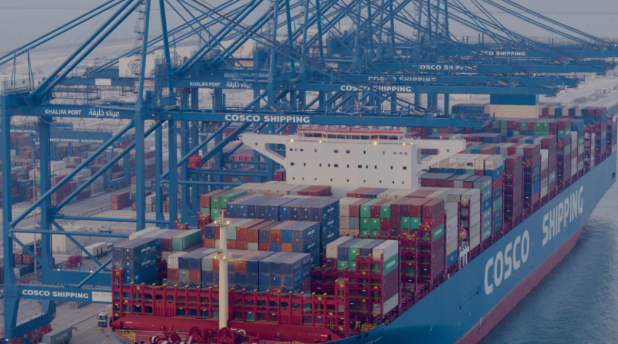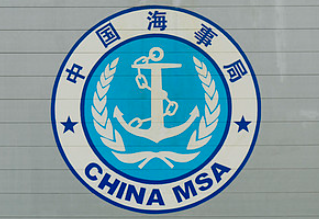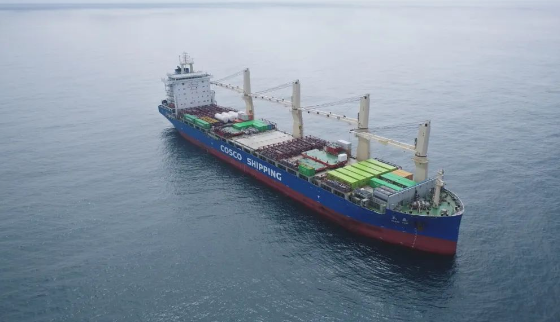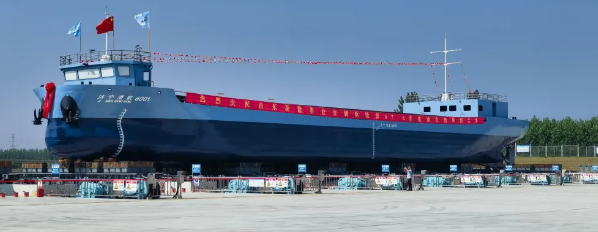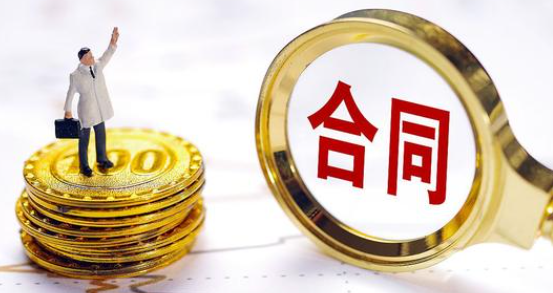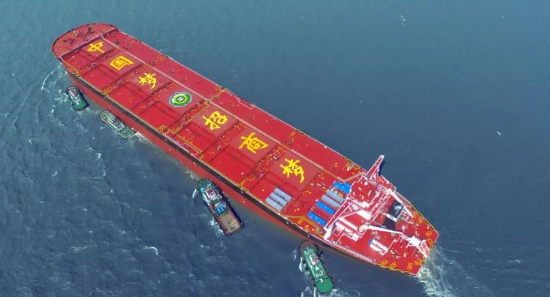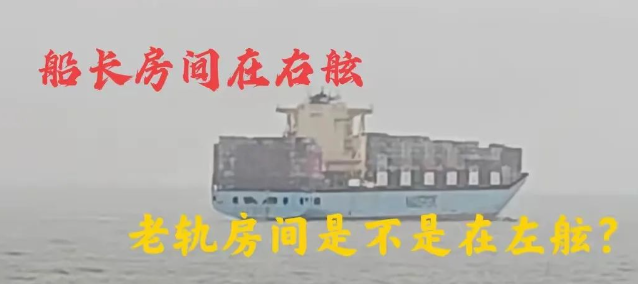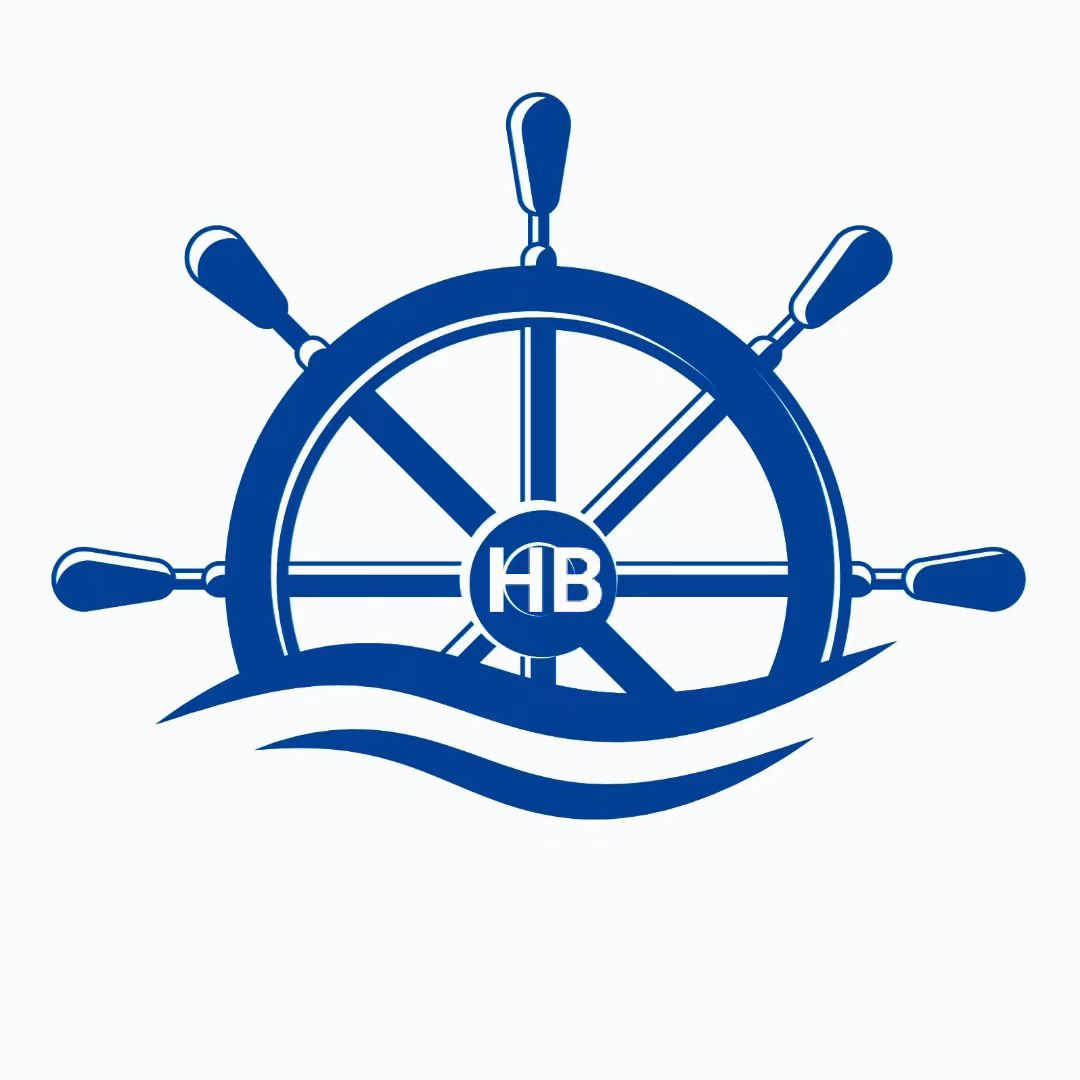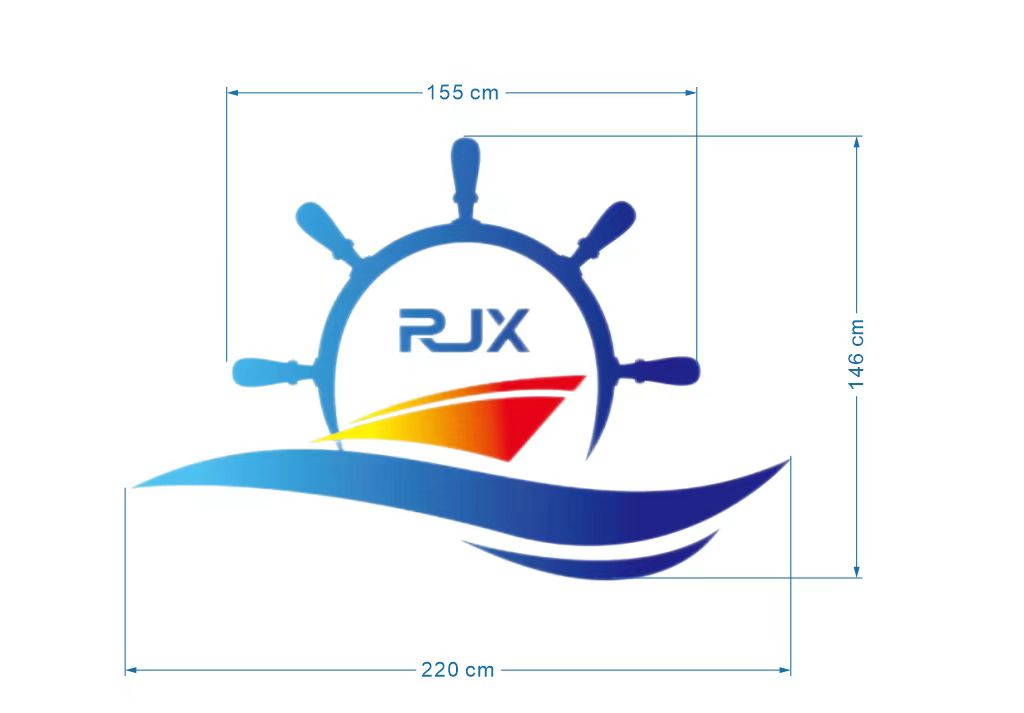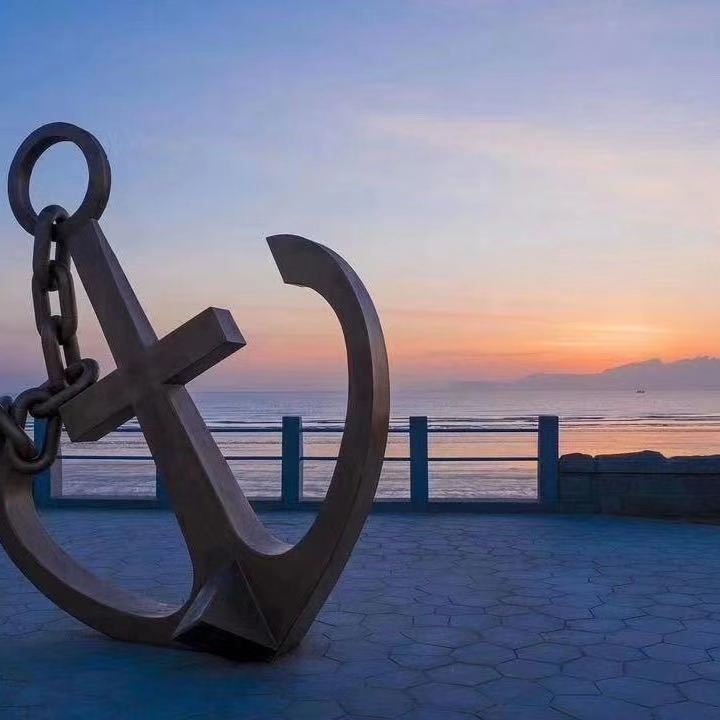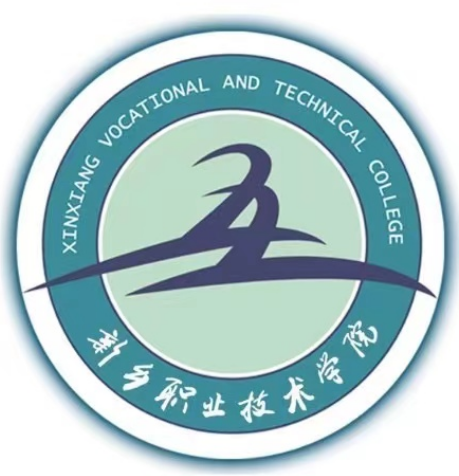面试:二副英语(三)
23.Under what situations do you call the engine room when you are on duty? (1)Whenever it is necessary to make sure that engine room and bridge clocks are synchronized; (2)At least one hour before starting or ending a sea passage; (3)As soon as it appears that engine operation maneuvers may be required, with one hour's notice if possible; (4)Whenever the ship machinery operation may be affected by weather or other condition changes, such as shallow water approach, concentration of marine life or seaweed, ice in water, or change of trim or draft due to ballasting shifting; (5)One hour before inert gas system operation is required (for tanker); (6)One hour before steam is required on deck; (7)Whenever the temperature falls to 2 degree Centigrade to prevent damage to equipment; (8)At least one hour before the standby generator is required; (9)Whenever the cargo pumps are used; (10)One hour prior to getting underway. 24.What should you do first after you join a vessel? Firstly,I shall familiarize myself with the Familiarization Booklet, the Muster Lists and Emergency Card in my cabin.Second, I shall report to the Master and get familiar with other officers and crew on board the vessel. Third,with accompaniment of the relieved Second Officer, I shall have an inspection of those items he was responsible for. I shall discuss immediately with the Master on any unsatisfactory conditions, including equipment malfunctions. I shall also take over all the documents the Second Officer should take care of. A good handover with the relieved Second Officer is the most important thing for me. 25.When do you have to change from the automatic steering to manual steering? Thesteering mode should be changed from automatic to manual mode under the following circumstances: (1)in any emergency situations; (2)in diminishing and restricted visibility, as defined by the Master; (3)when the ship's steering in shallow water; (4)when the Master thinks necessary. When the steering mode is changed, the watch officers shall supervise the process. 26.If ship collision happens when you are on duty, what procedure should you follow? Ishould follow the emergency checklist. Firstly, I will sound the alarm for emergency;Secondly, I will inform the Master immediately; Thirdly,I will inform the engine room and prepare engine standby; After ship collision, allthe tanks should be sounded and the ship owner, manager should be informed of the accident. The accident report should also be sent to the all concerned parties and the coast country. And all the above actions, ship’s position, times, etc. should be recorded properly. 27. Before the ship sails to a new port, if you do not have one or two necessary charts, what should you possibly do? If possible, I will ask for help from the Master. If the Master cannot help, I may ask for help from the vessels sailing in the same area. Anyway, I will try to solve the problem before the vessel sails to the port. 这是一个合格的二副所应该具备的应变的能力。相信绝大多数船东都能按时提供海图,但是万 一出现上述情况,二副应千方百计想办法弄到海图。 28.What is safety speed during sailing? What factors should you consider hi deciding the speed of a vessel during sailing hi the sea?Thesafe speed is the speed at which the vessel can take proper and effective actions to be stopped in a safe distance. The following factors should be taken into account to achieve safe speed: visibility, number of ships in the area, the ship's maneuverability, wind force, sea tide and current, background lights, draught and available depth of water, proximity of navigational hazards, standard and operation of technical equipment on board, ice condition and so on. 29.When navigating in a crossing situation, as master or duty officer, what anticollision measures should be taken? Whenthe vessels are proceed on headon condition, what anticollision rule should be observed?When a powerdriven ship and sailing meet in the sea, what anticollision rule should be observed? Whentwo powerdriven ships are crossing, the ship which has the other ship on her own starboard side shall keep out of way. To do this, this ship can either alter course to starboard side or slow down her speed in order to avoid collision. When two powerdriven ships are meeting headon situation or near headon situation, each ship shall alter course to starboard so that they can pass on the port side of each other at a safe distance. When a ship sails at a higher speed overtakes another ship, the ship shall sails at higher speed or shall alter its course to avoid collision. A powerdriven ship shall keep out of the way of a sailing ship. This can be done either altering its course or speed up to avoid collision. 30.You are the watch officer at anchor on an 8000ton ship which is about 400 feet long. If the weather becomes foggy and foggy, what precautions should you take? Iwould station a man forward with orders to ring the ship’s bell rapidly for about 5 seconds everyminutes and another man aft to sound the gong likewise. Ship's whistle or siren would be ready for use in case of necessity to give warning of my position to a vessel approaching. The signals for this warning shall be 3 blasts in succession. 31.When should a turnover (handover) of watch be deferred or postponed? Usually,under the following situations, the turnover can be deferred or even postponed:(1) K the officer on watch has reason to believe that the relieving officer is obviously not able to carry out his duties effectively;(2) when bridge maneuver us taking place, turnover of watch must be deferred until the action is completed and the ship is in a safe condition for the relief of the watch to take place. 32.Under what conditions should you as officer on watch change the ship's speed? Referto the Questions and Reference Answers for the Chief Officer. 33.What actions should be taken when restricted visibility is encountered or expected? (1)Call or notify the master; (2)Switch on the navigational lights; (3)Switch on and sound fog signals;(4) Switch on ARPA and Radar; (5)Shift to manual steering for maneuver;(6) post additional lockout; (7)Inform and advise engine room for any emergency maneuvers. 避碰口诀保持了望最重要,安全航速常记牢。发觉来船要警惕,方位不变危机来。避碰行动应显著,大得容易觉察到。如果环境确许可,变动向速避免小。采取避碰行动后,还应仔细验效果。倘觉避碰无把握,把船停住是一招。狭水道靠右外缘,妨碍他船不穿行。顺着分隔航道走,进出都应小角度。穿越尽量成直角,两端特别要警慎。互见对遇互向右,交叉绿灯让红灯。直航船应保向速,机动船让受限船。追越一直到让请,避免抢越他船头。倘有怀疑发警告,若让路船不让船。当机立断避碰撞。视线不良发雾号,加强了望最重要。船位中心要有数,随时变速准备好。雷达测到他船时,判断险否第一条。若是存在有危险,避让行动应及早。正横前面来的船,应该避免向左转。必要时把船停住,直到危险过去啦。号灯口诀在航船,航行灯,机动船,有桅灯。红绿舷灯和尾灯,船长超过五十米。加上一盏后尾灯,拖轮前桅两桅灯,船尾另加一黄灯,拖带超过二百米。前桅三盏白桅灯,被拖船舶或物体,显示舷灯和尾灯,以上灯光有弧度。以下都是环照灯。失控船,两盏红,搁浅锚灯加双红,船舶操纵受限制,垂直显示红白红,双红那边有碍物,双绿这舷可通航,看见垂直三盏红,这是限于吃水船。上白下红引水船,上红下绿是帆船。扫雷船,三个绿。桅顶两端各一绿。渔船拖网挂绿白,其他作业挂红白。渔具外超百五米,这个方向加白灯。气垫船体离水面,加示黄色闪光灯。锚泊船,白锚灯,小船船头挂一盏,大船两盏分首尾,船长超过一百米,还加甲板灯照明。三、号型口诀锚泊船,挂黑球,失控船两球上下挂。搁浅垂直三黑球。扫雷三球成三角,桅顶衍端各一球,拖带超过二百米,拖和被拖挂黑菱,船舶操纵受限制。上球下球中间菱。双球那边有障碍。双菱这舷可通航。机帆船,锥朝下。限于吃水圆柱体,从事捕鱼挂信号。两个圆锥尖对尖,小渔船,挂渔箩。渔具外超百五米,向着渔具锥朝天。
船员帮
2024-10-08
 船员帮
船员帮
 船长
船长 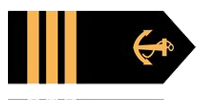 大副
大副 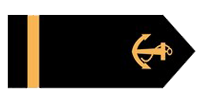 三副
三副 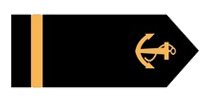 水手
水手  轮机长
轮机长 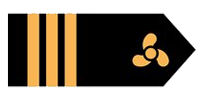 大管
大管 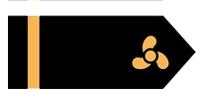 三管
三管 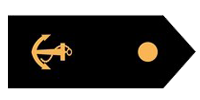 机工
机工 


